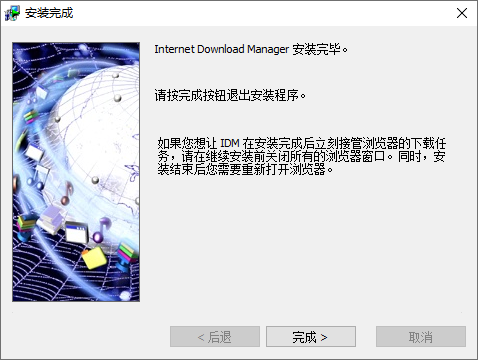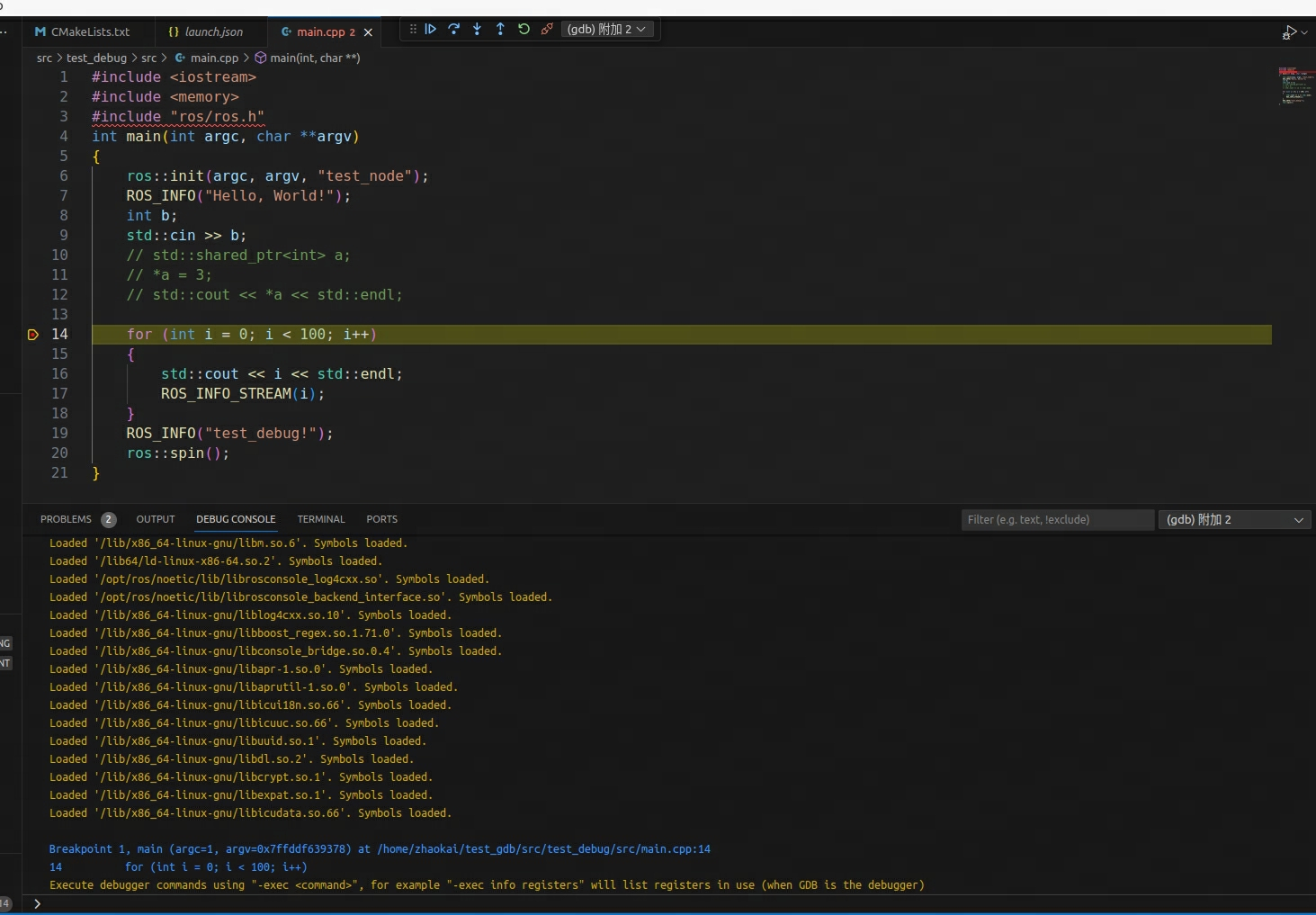目录
前言
提示(Prompts)
Playground中的元提示借鉴了OpenAI提示工程最佳实践和用户的实际经验。
模式(Schemas)
自描述模式 -元模式。
虽然OpenAI目前使用元提示和模式,但将来可能会集成更先进的技术,如DSPy
拉到文末,资源福利获取
前言
OpenAI在开源多智能体(multi-agent)框架Swarm的同时,也将Prompt方面的一些实践也开放出来:
OpenAI终于open了,Swarm开源来袭~
从头开始创建提示和架构可能非常耗时,因此OpenAI此次开源的prompt实践可以帮助快速入门:
-
提示:使用结合最佳实践的元提示来生成或改进提示。
-
模式:使用生成有效 JSON 和函数语法的元模式。
提示(Prompts)
元提示会指示模型根据任务描述创建一个好的提示或改进现有的提示。
Playground中的元提示借鉴了OpenAI提示工程最佳实践和用户的实际经验。
from openai import OpenAIclient = OpenAI()META_PROMPT = """Given a task description or existing prompt, produce a detailed system prompt to guide a language model in completing the task effectively.# Guidelines- Understand the Task: Grasp the main objective, goals, requirements, constraints, and expected output.- Minimal Changes: If an existing prompt is provided, improve it only if it's simple. For complex prompts, enhance clarity and add missing elements without altering the original structure.- Reasoning Before Conclusions**: Encourage reasoning steps before any conclusions are reached. ATTENTION! If the user provides examples where the reasoning happens afterward, REVERSE the order! NEVER START EXAMPLES WITH CONCLUSIONS!- Reasoning Order: Call out reasoning portions of the prompt and conclusion parts (specific fields by name). For each, determine the ORDER in which this is done, and whether it needs to be reversed.- Conclusion, classifications, or results should ALWAYS appear last.- Examples: Include high-quality examples if helpful, using placeholders [in brackets] for complex elements.- What kinds of examples may need to be included, how many, and whether they are complex enough to benefit from placeholders.- Clarity and Conciseness: Use clear, specific language. Avoid unnecessary instructions or bland statements.- Formatting: Use markdown features for readability. DO NOT USE ``` CODE BLOCKS UNLESS SPECIFICALLY REQUESTED.- Preserve User Content: If the input task or prompt includes extensive guidelines or examples, preserve them entirely, or as closely as possible. If they are vague, consider breaking down into sub-steps. Keep any details, guidelines, examples, variables, or placeholders provided by the user.- Constants: DO include constants in the prompt, as they are not susceptible to prompt injection. Such as guides, rubrics, and examples.- Output Format: Explicitly the most appropriate output format, in detail. This should include length and syntax (e.g. short sentence, paragraph, JSON, etc.)- For tasks outputting well-defined or structured data (classification, JSON, etc.) bias toward outputting a JSON.- JSON should never be wrapped in code blocks (```) unless explicitly requested.The final prompt you output should adhere to the following structure below. Do not include any additional commentary, only output the completed system prompt. SPECIFICALLY, do not include any additional messages at the start or end of the prompt. (e.g. no "---")[Concise instruction describing the task - this should be the first line in the prompt, no section header][Additional details as needed.][Optional sections with headings or bullet points for detailed steps.]# Steps [optional][optional: a detailed breakdown of the steps necessary to accomplish the task]# Output Format[Specifically call out how the output should be formatted, be it response length, structure e.g. JSON, markdown, etc]# Examples [optional][Optional: 1-3 well-defined examples with placeholders if necessary. Clearly mark where examples start and end, and what the input and output are. User placeholders as necessary.][If the examples are shorter than what a realistic example is expected to be, make a reference with () explaining how real examples should be longer / shorter / different. AND USE PLACEHOLDERS! ]# Notes [optional][optional: edge cases, details, and an area to call or repeat out specific important considerations]""".strip()def generate_prompt(task_or_prompt: str):completion = client.chat.completions.create(model="gpt-4o",messages=[{"role": "system","content": META_PROMPT,},{"role": "user","content": "Task, Goal, or Current Prompt:\n" + task_or_prompt,},],)return completion.choices[0].message.content
模式(Schemas)
结构化输出模式和函数模式本身就是 JSON 对象,因此利用结构化输出来生成它们。
这需要为所需的输出定义一个模式,在这种场景,它本身就是一个模式。
为此,需要一个
自描述模式 -元模式。
每个元模式都有一个相应的提示,其中包含少量样本。
from openai import OpenAIimport jsonclient = OpenAI()META_SCHEMA = {"name": "metaschema","schema": {"type": "object","properties": {"name": {"type": "string","description": "The name of the schema"},"type": {"type": "string","enum": ["object","array","string","number","boolean","null"]},"properties": {"type": "object","additionalProperties": {"$ref": "#/$defs/schema_definition"}},"items": {"anyOf": [{"$ref": "#/$defs/schema_definition"},{"type": "array","items": {"$ref": "#/$defs/schema_definition"}}]},"required": {"type": "array","items": {"type": "string"}},"additionalProperties": {"type": "boolean"}},"required": ["type"],"additionalProperties": False,"if": {"properties": {"type": {"const": "object"}}},"then": {"required": ["properties"]},"$defs": {"schema_definition": {"type": "object","properties": {"type": {"type": "string","enum": ["object","array","string","number","boolean","null"]},"properties": {"type": "object","additionalProperties": {"$ref": "#/$defs/schema_definition"}},"items": {"anyOf": [{"$ref": "#/$defs/schema_definition"},{"type": "array","items": {"$ref": "#/$defs/schema_definition"}}]},"required": {"type": "array","items": {"type": "string"}},"additionalProperties": {"type": "boolean"}},"required": ["type"],"additionalProperties": False,"if": {"properties": {"type": {"const": "object"}}},"then": {"required": ["properties"]}}}}}META_PROMPT = """# InstructionsReturn a valid schema for the described JSON.You must also make sure:- all fields in an object are set as required- I REPEAT, ALL FIELDS MUST BE MARKED AS REQUIRED- all objects must have additionalProperties set to false- because of this, some cases like "attributes" or "metadata" properties that would normally allow additional properties should instead have a fixed set of properties- all objects must have properties defined- field order matters. any form of "thinking" or "explanation" should come before the conclusion- $defs must be defined under the schema paramNotable keywords NOT supported include:- For strings: minLength, maxLength, pattern, format- For numbers: minimum, maximum, multipleOf- For objects: patternProperties, unevaluatedProperties, propertyNames, minProperties, maxProperties- For arrays: unevaluatedItems, contains, minContains, maxContains, minItems, maxItems, uniqueItemsOther notes:- definitions and recursion are supported- only if necessary to include references e.g. "$defs", it must be inside the "schema" object# ExamplesInput: Generate a math reasoning schema with steps and a final answer.Output: {"name": "math_reasoning","type": "object","properties": {"steps": {"type": "array","description": "A sequence of steps involved in solving the math problem.","items": {"type": "object","properties": {"explanation": {"type": "string","description": "Description of the reasoning or method used in this step."},"output": {"type": "string","description": "Result or outcome of this specific step."}},"required": ["explanation","output"],"additionalProperties": false}},"final_answer": {"type": "string","description": "The final solution or answer to the math problem."}},"required": ["steps","final_answer"],"additionalProperties": false}Input: Give me a linked listOutput: {"name": "linked_list","type": "object","properties": {"linked_list": {"$ref": "#/$defs/linked_list_node","description": "The head node of the linked list."}},"$defs": {"linked_list_node": {"type": "object","description": "Defines a node in a singly linked list.","properties": {"value": {"type": "number","description": "The value stored in this node."},"next": {"anyOf": [{"$ref": "#/$defs/linked_list_node"},{"type": "null"}],"description": "Reference to the next node; null if it is the last node."}},"required": ["value","next"],"additionalProperties": false}},"required": ["linked_list"],"additionalProperties": false}Input: Dynamically generated UIOutput: {"name": "ui","type": "object","properties": {"type": {"type": "string","description": "The type of the UI component","enum": ["div","button","header","section","field","form"]},"label": {"type": "string","description": "The label of the UI component, used for buttons or form fields"},"children": {"type": "array","description": "Nested UI components","items": {"$ref": "#"}},"attributes": {"type": "array","description": "Arbitrary attributes for the UI component, suitable for any element","items": {"type": "object","properties": {"name": {"type": "string","description": "The name of the attribute, for example onClick or className"},"value": {"type": "string","description": "The value of the attribute"}},"required": ["name","value"],"additionalProperties": false}}},"required": ["type","label","children","attributes"],"additionalProperties": false}""".strip()def generate_schema(description: str):completion = client.chat.completions.create(model="gpt-4o-mini",response_format={"type": "json_schema", "json_schema": META_SCHEMA},messages=[{"role": "system","content": META_PROMPT,},{"role": "user","content": "Description:\n" + description,},],)return json.loads(completion.choices[0].message.content)
虽然OpenAI目前使用元提示和模式,但将来可能会集成更先进的技术,如DSPy
https://platform.openai.com/docs/guides/prompt-generation?context=structured-output-schema斯坦福,OpenAI Meta-Prompting: https://arxiv.org/pdf/2401.12954
福利利领取:
IT类包含:
Java、云原生、GO语音、嵌入式、Linux、物联网、AI人工智能、python、C/C++/C#、软件测试、网络安全、Web前端、网页、大数据、Android大模型多线程、JVM、Spring、MySQL、Redis、Dubbo、中间件…等最全厂牌最新视频教程+源码+软件包+面试必考题和答案详解。
资源目录索引![]() https://path.dirts.cn/sfoA5TURw
https://path.dirts.cn/sfoA5TURw



















![[Python学习日记-43] Python 中的迭代器](https://i-blog.csdnimg.cn/direct/7d35ebc76734426b842bbc2d951b3f36.png)
